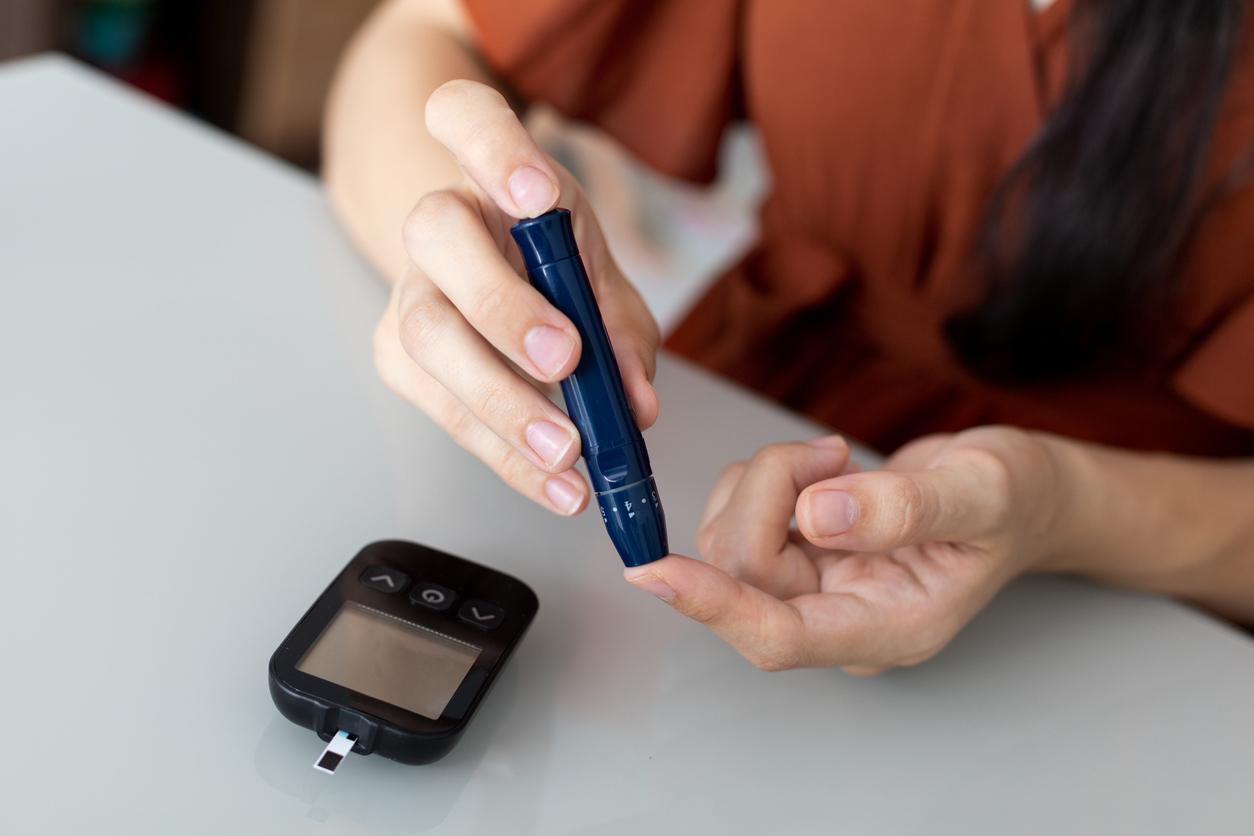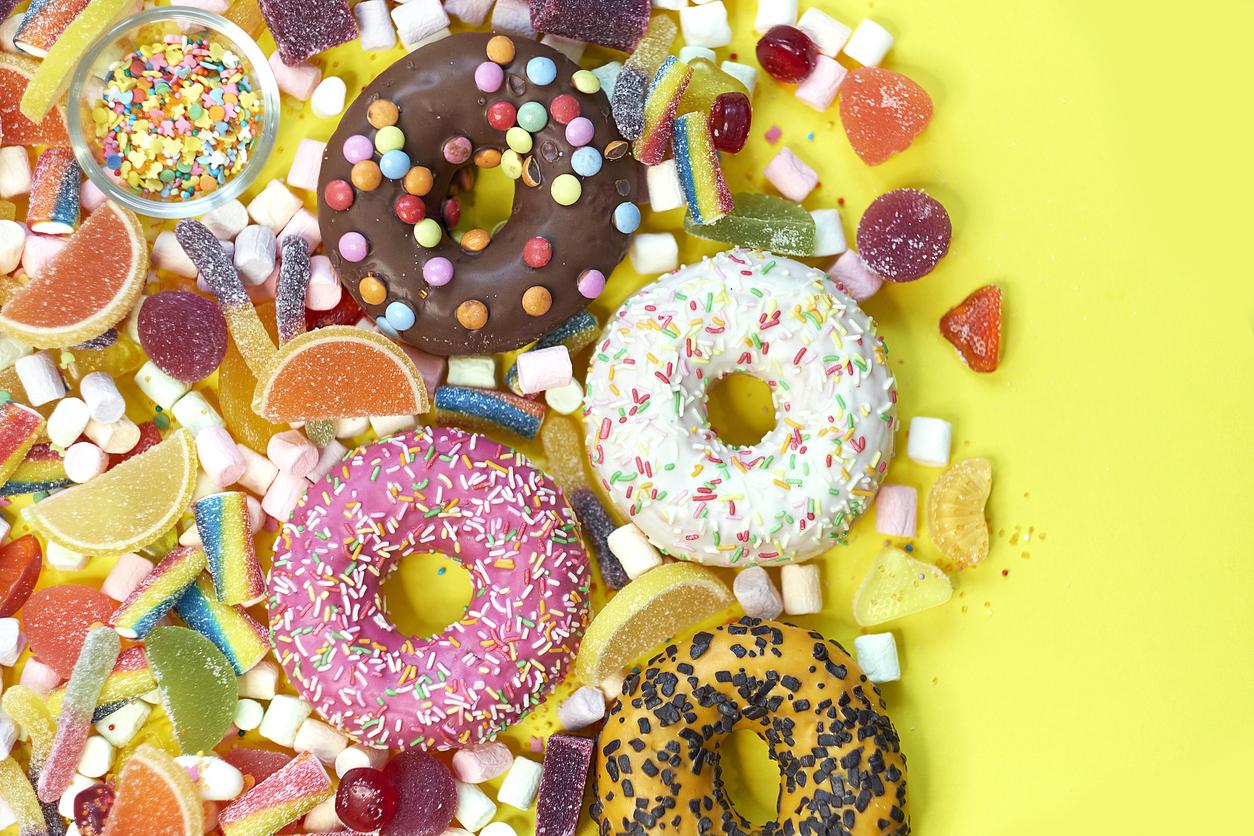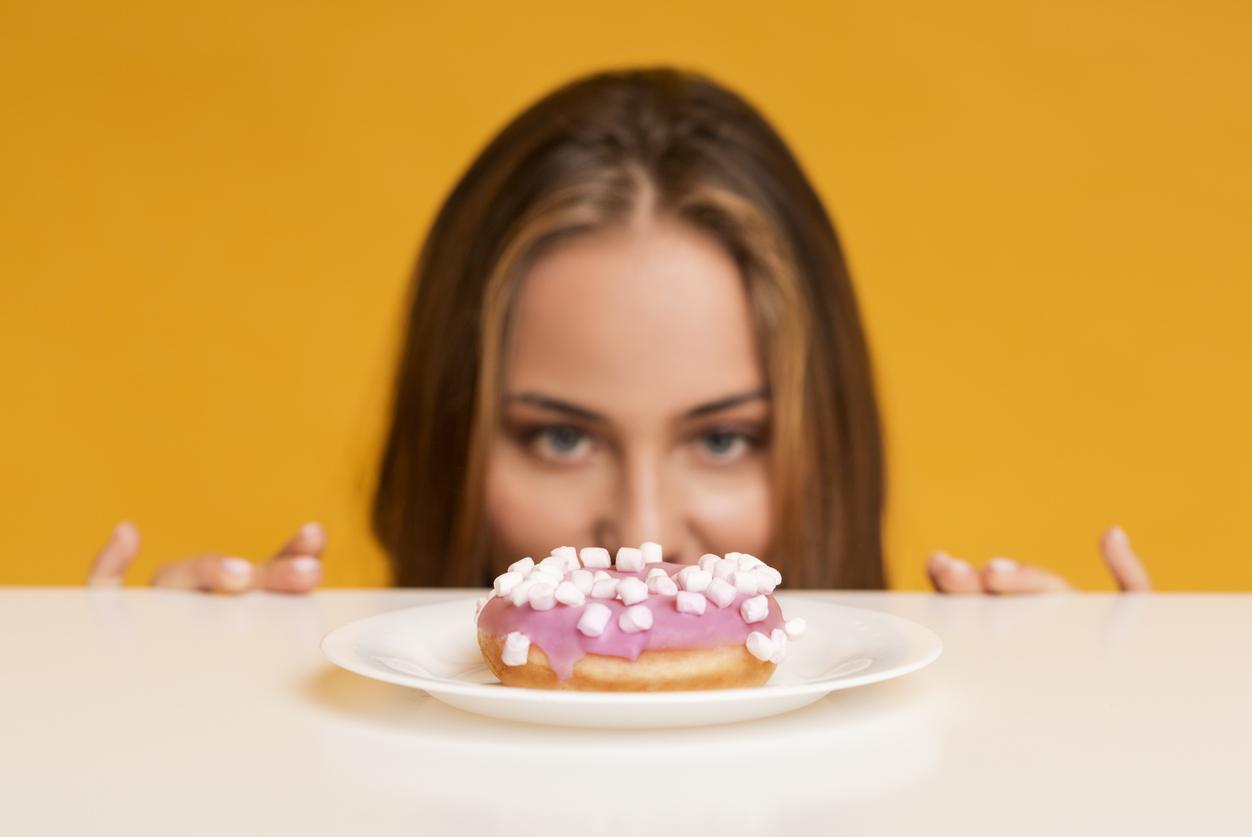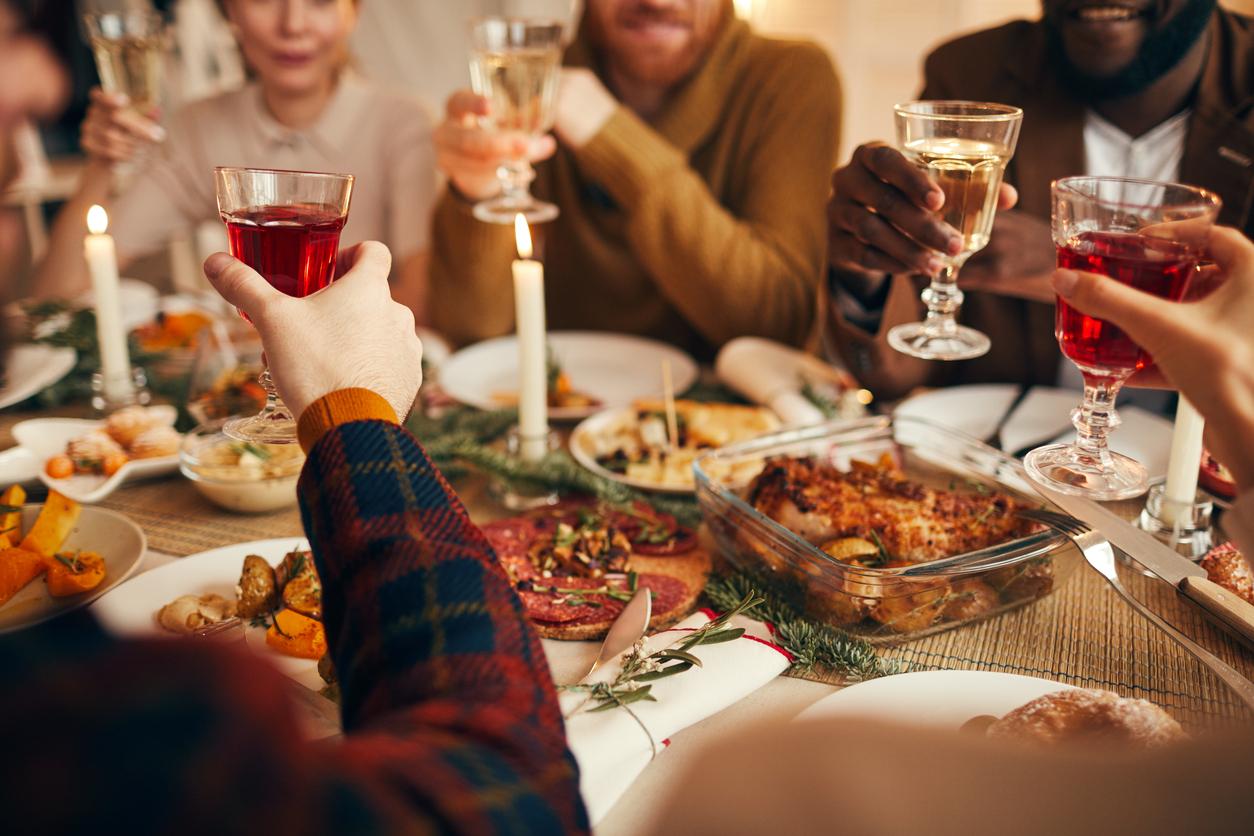Dr. Cyril Gauthier, nutritionist and member of the Scientific College of the Ramsay Health Foundation, explains how not to put our body to the test for the end of the year celebrations.
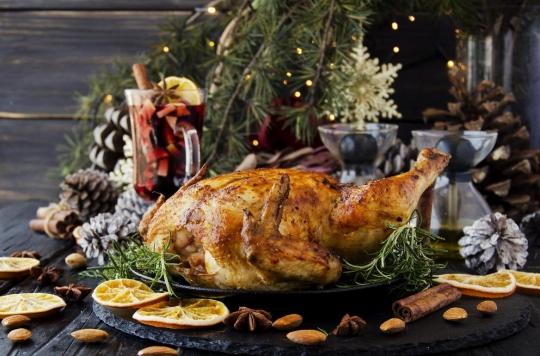
– Why Doctor – Before festive meals, is a special diet recommended? Is the pre-detox effective?
Dr. Cyril Gauthier – The day before, it will be advisable to have light intakes combining foods rich in fiber, increased hydration (plain water) and moderate physical activity such as brisk walking. A fast, even “mini”, is not recommended, it will be a source of rapid fluctuations in blood sugar.
Finally, having a physical activity of more than 30 minutes the day before and the day after the meal will allow you to better manage the excesses, the intensity of this physical activity must be a source of a little perspiration.
After New Year’s Eve, resume healthy habits so that the glycemic balance slightly disturbed by this holiday meal gradually returns. Do not change your treatments without consulting your doctor.
– Are there foods to avoid during Christmas and New Year’s Eve meals?
It is a question of increasing one’s vigilance at the start of a meal, with appetizers such as tapas, canapés, crisps, charcuterie, peanuts or very salty equivalents in addition to being very dense. In addition, certain foods typical of our festive meals should be moderated because they are rich in salt, in particular products from the sea. Note that the accumulation of certain foods can quickly increase the sodium salt intake: white bread or sandwich bread with smoked salmon, white bread and Roquefort cheese, langoustine and mayonnaise. Obviously, this is to avoid table salt as much as possible which will have a cumulative effect.
As for drinks, beware of certain sparkling waters which sometimes bring a lot of salt: St-Yorre, Vichy-Célestin, Arvie, Quézac, Badoit. Sparkling waters with lower sodium content are Perrier, Salvetat, San Pellegrino.
Overall, the holiday foods to avoid – especially because they will cause a rapid rise in blood sugar that the “faulty” insulin will not be able to control – are the following:
– Cookies or aperitif cakes.
– White bread, sandwich bread.
– Refined cereal products.
– Puff pastries and donuts.
– Certain industrial glasses.
– Certain condiments such as candied shallots, onions or figs which can accompany our foie gras.
– Fruit in syrup.
– The traditional pastry cream log.
– Liquid sugars (fruit juice, soda, wine, muscatel, port…).
– On the other hand, what foods should be favored for a balanced festive meal?
Choose foods rich in fiber and sources of antioxidants such as fruits, green vegetables, cereals, oleaginous fruits, legumes. They provide little sodium salt and can be a fairly beneficial potassium intake in this context. In addition, it is also a question of focusing on foods and dishes with a low sugar intake such as: homemade verrines, raw vegetables, mesclun salad, spinach salad with red cabbage, seafood and the crustaceans. Beware, however, of the sauces used to accompany.
Seafood products such as fish rich in omega-3 and protein can also be recommended. Crustaceans are low in calories and contain very few lipids, the latter being mainly located in the head. Also favor vegetable oils, without forgetting that even if it is vegetable, an oil remains a fatty substance. Regarding meat, turkey is less fatty than chicken or capon. Game meat is not as high in calories and fat as we might have thought, but beware of what sometimes accompanies these meats (sauces, bacon, chestnuts, etc.).
Orient your consumption of cheese on soft cheeses which contain more water (up to 80%) than hard and dry cheeses, or fresh cheeses. Dried fruits are excellent culinary companions to the products mentioned above.
– Are some alcohols less caloric than others?
Alcohol should be avoided as much as possible. It is a source of glycemic peaks but can also promote severe hypoglycaemia depending on the treatment. Prefer traditional dry alcohols (red, white, rosé wines, champagnes) over strong alcohols often containing more sugars (beer, sweet wines, sweet wines, certain spirits, etc.)
– What are the pathologies most often associated with excessive holiday meals?
High blood pressure, diabetes or cholesterol. In case of pre-existing pathology, we must remain vigilant.
– Is there an ideal holiday meal for dieters?
– Before :
Breakfast: hydration +++, no fruit juice, fibers (whole cereals, wholemeal bread, fruit).
Lunch: light with complete starch, no cheese.
30 minutes of physical activity with sweating.
– Aperitif:
Fruits, green vegetables, cereals, legumes.
Seafood (watch out for butter, white bread and aioli).
The foie gras will be enjoyed on rye bread. It contains a lot of fats but most of them are monounsaturated fats so not that bad.
– Flat :
Regarding meat, turkey is less fatty than chicken or capon. Game meat is not as high in calories and fat as we might have thought, but beware of what sometimes accompanies these meats (sauces, bacon, chestnuts, etc.)
Whole starches or legumes.
Avoid bread and sides.
– Watch out for liquid calories:
No cream log. Favor beggar assortments made up of dried fruits and oilseeds rich in fiber and antioxidants.
– More generally, what to do in case of overweight or obesity?
Overweight and obesity are essentially behavioral and chronic pathologies. Vigilance is necessary during festive meals, but the rigid restriction, source of frustration, must be avoided at all costs. It is not because of a few festive meals that we are overweight or obese.
Here are a few tips :
– Eat slowly to facilitate the work of your digestive tract which will carry out one of its largest and longest meals of the year.
– Use small quantities.
– Don’t force yourself to finish your plate.
– Limit liquid calories as much as possible: alcohol, fruit juices and other sugary drinks.
– Stay hydrated with plain water as much as possible.
– Avoid using bread apart from foods that require it and prefer rye or wholemeal bread.
– The next day: fruits and raw vegetables, few sauces, few fats, high hydration, more than 30 minutes of physical activity with a little sweat, herbal teas (thyme, turmeric, etc.).
– A word in conclusion?
A holiday meal must remain exceptional, a pleasant moment where the dogmas of everyday life can be moderated. A meal is not the reflection of a regular and daily nutritional balance. Let’s avoid a food prison while maintaining a benevolent nutritional vigilance with common sense, balance and pleasure.
.








